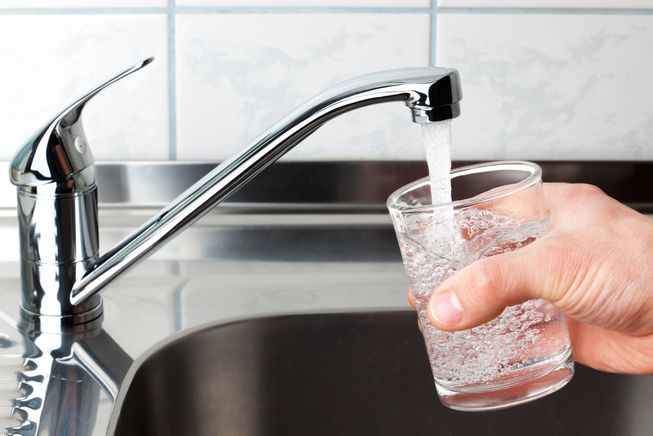Do You Know How Your Water Is Filtered?
August 23, 2023

Your home’s water filtration system likely has multiple types of filters to purify your water. Each filter removes a different kind of contaminant and plays an important role in the system’s overall functioning.
Carbon filters
The two types of carbon filters are granular activated carbon and block carbon. The activated carbon filter has a positive charge that attracts impurities, while the block carbon filter has a higher contaminant removal ratio. Pollutants are trapped inside the charcoal filter and pure water flows through.
Both types of carbon filters remove chlorine, radon, pesticides, and herbicides. The filters also remove large dangerous microorganisms, including giardia and cryptosporidium.
These filters cannot remove inorganic contaminants, viruses, and heavy metals such as minerals, salts, arsenic, fluoride, asbestos, mercury, nickel, nitrates, and sulfate.
Deionization and ion exchange filters
These filters replace unwanted ions, such as heavy metals, with ions like sodium to remove inorganic compounds, which include calcium and magnesium. The deionization and ion exchange filters also help soften hard water.
It’s important to note that these filters cannot remove bacteria or disease-carrying particles.
Distillation filters
In this type of filter, tap water is heated to create steam and separate the pure water molecules from the contaminants. This process removes asbestos, bacteria, viruses, and heavy metals, such as copper, lead, arsenic, and mercury. The filter can also remove calcium, magnesium, and phosphorus.
Ozone filters
Through the process of oxidation, oxygen is pushed through ultraviolet light, creating ozone, which is then added to water in the form of bubbles. The release of toxic oxygen atoms disinfects water and removes microorganisms.
Reverse-osmosis filters
High water pressure is used to push tap water through a semipermeable membrane that traps large particles. This filter removes contaminants like lead, mercury, and iron, but doesn’t remove pesticides, solvents, and metals like chlorine and radon.
Sediment filters
These filters remove larger particles like dirt, rust, microorganisms, and sand.
UV filters
The two types of ultraviolet filters are Class A and Class B. Class A filters remove hazardous bacteria and viruses, while Class B filters inactivate bacteria that doesn’t cause disease.
Water softening filters
These filters utilize an ion exchange process that reduces water hardness, removes barium, and lowers calcium and magnesium levels. Water softening filters are always used in conjunction with other filters.
Click here to see 7 plumbing tips every homeowner needs to know.
Last Updated: August 24, 2023
